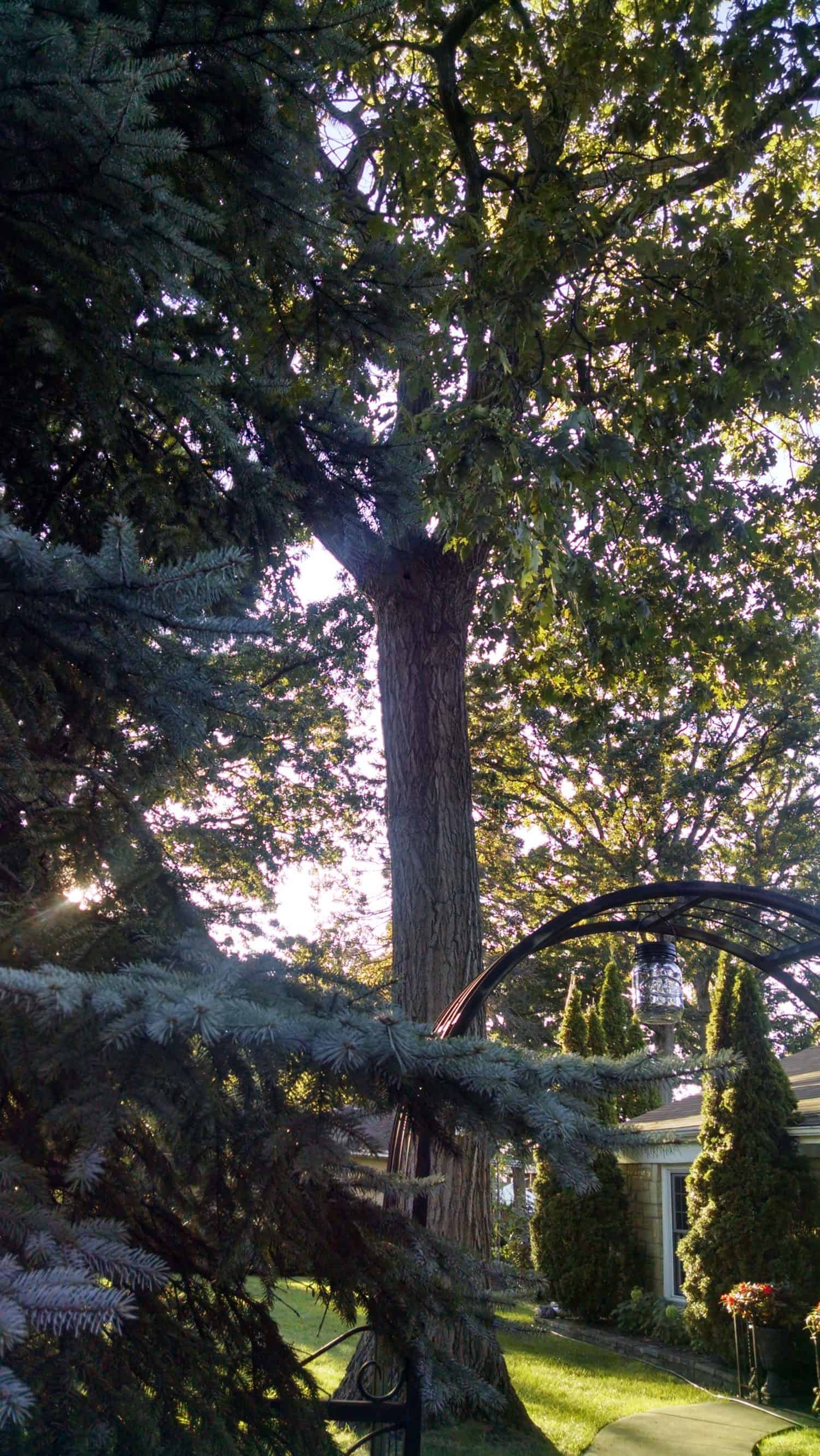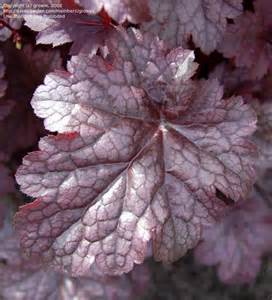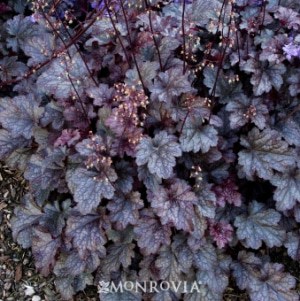
I’m sure there are times Bruce is simply not in the mood to listen to me prattle on. I’m sure there are times Bruce would like to throttle me, and set me straight. I’m sure there are times Bruce wished he lived in a distant, quiet wood, but he does not. He resides in my front yard. He is my friend and so very much more!
In celebration of Arbor Day this Friday, April 29th, I’d like to take a moment to remind the world how important and fascinating trees are, and how best we can honor them. Hugging is not entirely necessary. Bruce, as you might imagine, is quite humble and requires no accolades nor lingering embraces, yet he is deserving of them all the same.
A single tree can produce up to 260 lbs of oxygen annually. A mature tree can provide enough oxygen to support two people for an entire year.
One tree can absorb as much carbon in a single year as a car produces while driving approximately 26,000 miles.
One third of the US is covered by forests.
Well maintained, healthy trees can increase a property’s value by 14%.
Trees sited properly around homes and buildings can reduce air conditioning costs by 30% and heating costs by 20%.
Trees can communicate with each other. Certain types of trees can warn other trees when they are under attack. Excess chemicals are produced in the leaves, making them distasteful to insects while warning surrounding trees.
Trees are deterrents to crime, according to the U.S. Forest Service. Areas and communities with larger trees experiences less crime. It is thought that criminals perceive these areas/homes as better maintained and secured.
Trees experience stress which can inhibit their growth. Stressors include poor soil quality, overcrowding and competition for water.
Many medicines we use today were derived from trees, like aspirin from Willow bark.
One large tree can lift up to 100 gallons of water out of the ground and discharge it into the air.
When planting a tree, do some research first. Find out its specific needs before selecting a site. Take into consideration the tree’s mature height and width, light requirements and soil preference. Siting a tree correctly with help insure its health and vigor.
Trees should be mulched. Mulch helps retain moisture, deters weed growth and subsequent root competition, prevents soil compaction and helps protect against mower damage.
Too much water is just as harmful as not enough. The general rule of thumb for keeping trees well watered is moist soil. Create a small narrow trench about 2″ deep and feel the soil. It should feel moist.
Prune properly and at the right time.
Monitor trees for disease and infestation.
Trees ask very little and give so very much in return. Serve them today and always as they have served us. Contact Sweeney’s to plant a tree, or learn how to best care for them. Remember, hugging is optional.
Plant of the Week:
Plum Pudding Coralbells
Shiny, deep purple foliage with silver veins and sprays of small white flowers that bloom in early Summer. Prefers moist, well-drained soil and sun, but will tolerate some shade. Grows 6-8″ high (flower stems 24-26″ tall) and 12-18″ wide.
“Trees outstrip most people in the extent and depth of their work for the public good.”
-Sara Ebenreck
Best wishes,
Kim Sweeney



